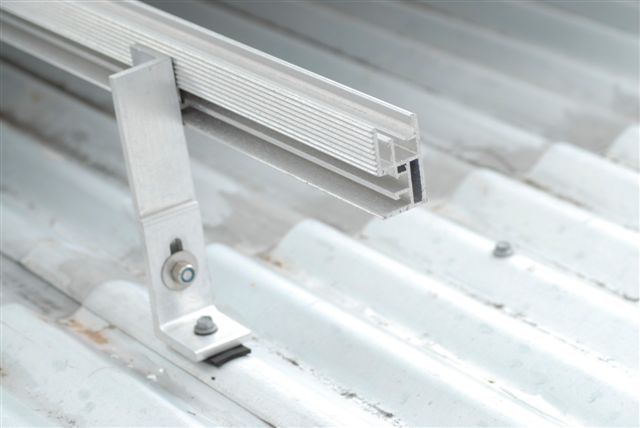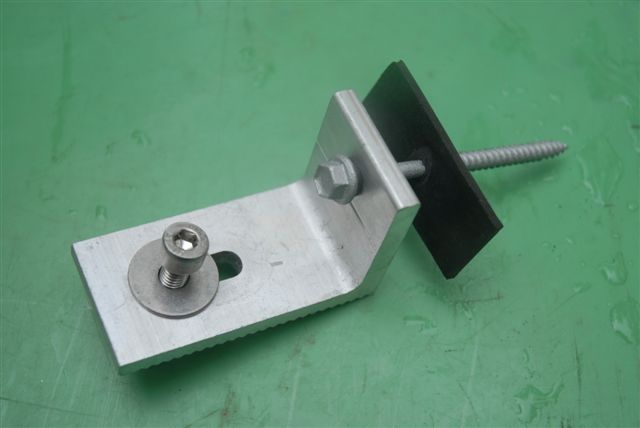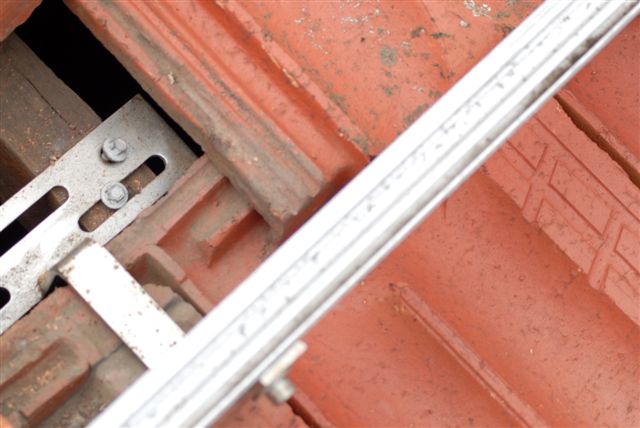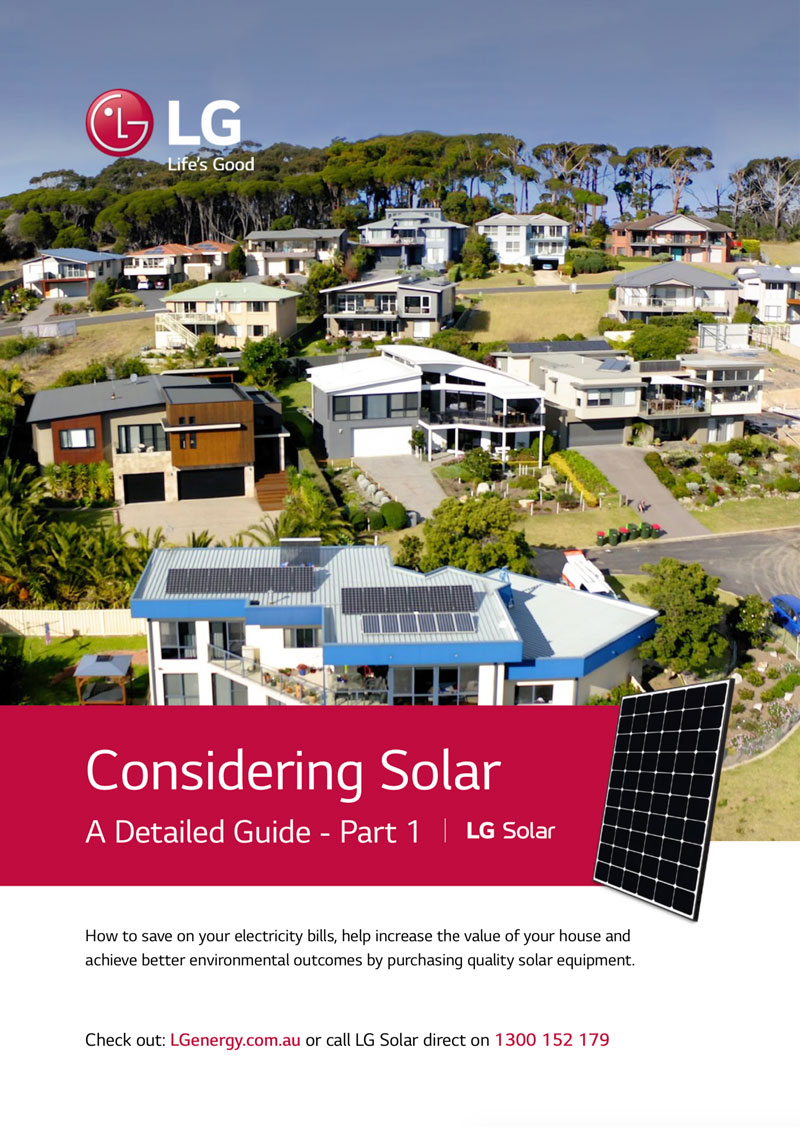Do normal roofs and flat roofs have different mounting systems?
There are different solar roof mounting systems for normal tile roofs, metal roofs and flat roofs.
Most solar arrays are mounted facing North- East, North or North-West, aiming to provide a good compromise between performance and aesthetic appeal. At a pitch of around 20 degrees, most NZ roofs are about the right angle for solar arrays. Any roof pitch between 10 and 30 degrees will be able to provide a reasonable outcome.
1) Flat roofs
|
On flat roofs solar mounting systems with rear legs that tilt the solar array are the best option. Tilting the solar array up creates two issues that should be carefully considered. One is that it can create a less visual pleasing appearance of the system and some councils have development restrictions around the height of panels sticking above roof line. Additionally, a tilted solar array tends to present a much bigger wind loading, so extra bracing or fixings may be required. LG panels can be mounted flat on the roof, but some tilting via various bracketing heights is still recommended to ensure proper drainage of dew and rain. Also flat panels will accumulate more dusts over time and might needs some additional cleaning / dust wash off every few years. |
|
2) Metal roofs
|
Metal roofs are in general the easiest way to install a solar system. L brackets are attached to existing roof screw points and rails are then attached to the L brackets. Then the solar panels are mounted onto the rails using special clamps. There are two types of clamps, end clamps and mid clamps. It is important that the L brackets do not touch the metal roof and have a long lasting rubber spacer below them in order to avoid premature rusting of the roof, via the galvanic effect. A quality installation company will follow all these requirements. |
3) Tile roofs
|
Tile roofs are the 2nd most easy install option and use a special tile bracket, which is slid between the tiles and fasten via long timber screws to the most sturdy roof rafters. The rails are then attached to the tile brackets and the solar panels mounted to the rail s again via the end and mid clamps. |
|
Please ask your solar installer to discuss with you the cable run from the solar modules on the roof to your inverter and the switch board. Per latest safety considerations all solar cabling for central inverter systems require cables in conduits, the running of conduits at the most visually unobtrusive points requires some consideration and planning.




